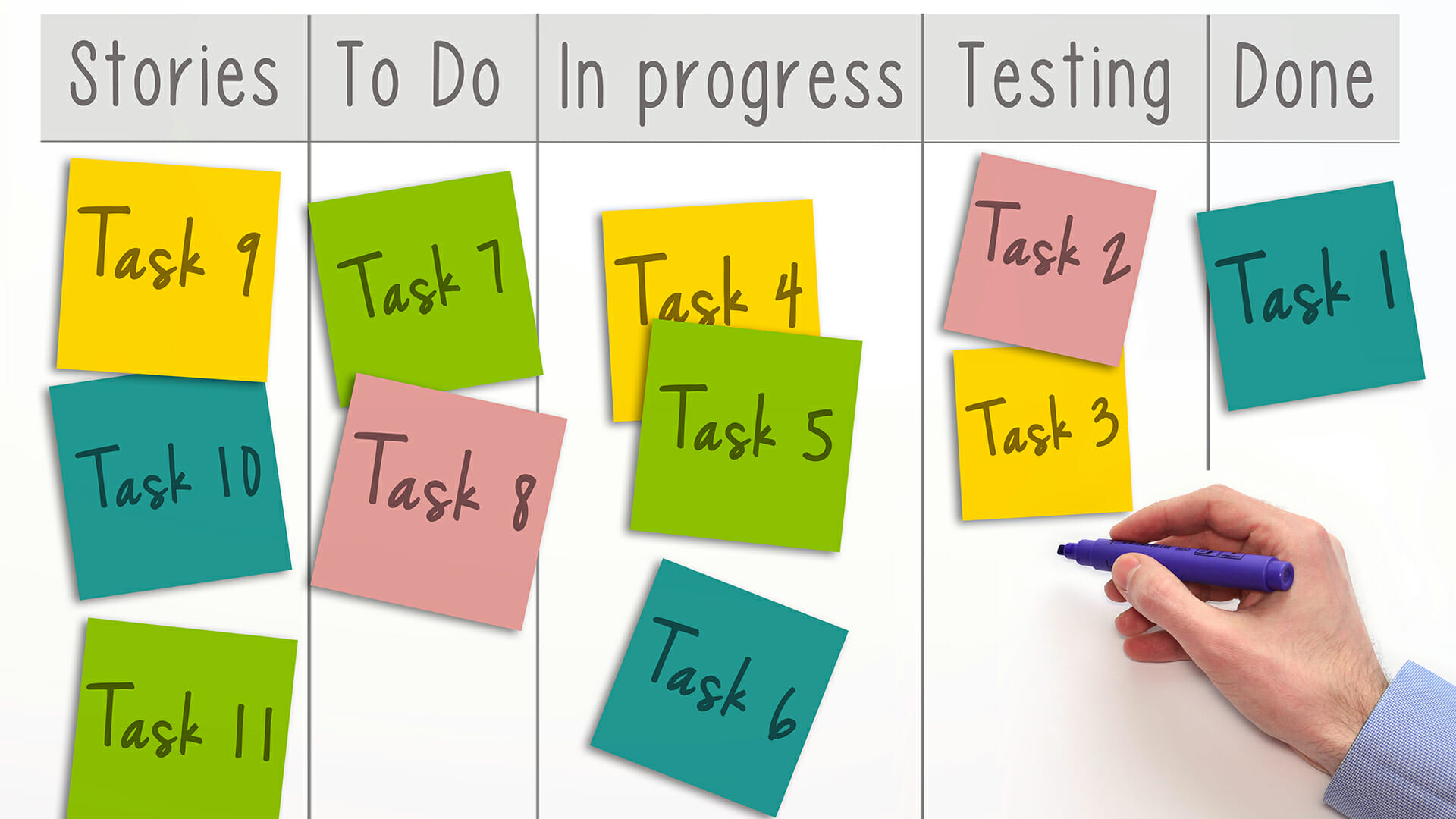We recently introduced you to Agile Marketing Navigator, a flexible framework for navigating agile marketing for marketers, by marketers in the article, A new way to navigate agile marketing. The navigator has four major components: Collaborative Planning Workshop, Launch Cycle, Key Practices and Roles. Within these categories, there are several sub-pieces for implementation. Over the next several weeks, we’ll dive into each piece and give you practical, actionable ways to use them at your company.
The Collaborative Planning Workshop is the first step in your agile marketing journey. There are four distinct pieces within that: Guidepoint, Brainstorm, Minimally Viable Launch, and Blueprint. Last week we took you through how to conduct a Brainstorm. Now, let’s take all of those generated ideas and determine how to determine what the Minimally Viable Launch should be.
Traditionally, marketers have worked using the “Big Bang” campaign approach, where planning was done up front, and marketing was released without any built-in time to inspect, adapt and make smart pivots. With today’s easy and instantaneous access to campaign performance data, agile marketing allows marketers to become real business leaders — taking what works and scaling up, looking for under-performing assets and stopping.
Get the daily newsletter digital marketers rely on.
This way of thinking starts with the team and its business stakeholders having a shared understanding of what’s minimally viable — meaning what is just enough of the marketing campaign or plan to test and learn from, committing to just those items, and deciding later if the remaining ideas will come into play or not.
To get to this shared understanding, it should happen in real-time during the Collaborative Planning Workshop. After everyone has come up with a ton of ideas, now it’s time to figure out which ones are believed to have the biggest impact on the Guidepoint, which is what the team is striving to achieve.
One way to force these decisions is by giving a false timeline. The facilitator can say, “If the team only has two weeks, which items are the most important to tackle first?”
With a visualization tool such as Mural or Miro, a virtual team can draw a line and move around the ideas, with the agreed-upon most important ones falling above the line and the ones that can wait to go below the line.
Example: Minimally viable launch from a healthcare company
Time box this activity so people don’t overthink it. The team can go back later and validate the effort and viability of the ideas, but they shouldn’t strive to get it perfect in a collaborative session. Here are some steps that you can follow:
Step 1) Organization
- Spend 5 minutes organizing the ideas.
- Add headers to the ideas such as “Social Media” or “Advertising.”
- Move the sticky notes to the appropriate headers.
- Delete any duplicates.
Step 2) Prioritization
- Spend 10-15 minutes prioritizing the ideas in each category by discussing them as a group and how well they align with the Guidepoint.
- The most impactful idea should go to the top of the column right below the header, then follow down the line in order of priority.
Step 3) Minimally viable launch
- In this step, the team will determine the minimally viable launch. This is the time to discuss a shorter timeline or a more refined goal or target market to narrow down the ideas.
- Time box this step to no more than 15 minutes.
By working as an entire delivery team with your business stakeholders, you’ll quickly gain alignment and be well on your way with agile marketing by thinking about minimally viable rather than a Big Bang approach.

Catch up on the Agile Marketing Navigator series!
Opinions expressed in this article are those of the guest author and not necessarily MarTech. Staff authors are listed here.























































![Social Media Spring Cleaning [Infographic] Social Media Spring Cleaning [Infographic]](https://imgproxy.divecdn.com/9e7sW3TubFHM00yvXe5zvvbhAVriJiGqS8xmVFLPC6s/g:ce/rs:fit:770:435/Z3M6Ly9kaXZlc2l0ZS1zdG9yYWdlL2RpdmVpbWFnZS9zb2NpYWxfc3ByaW5nX2NsZWFuaW5nMi5wbmc=.webp)
![5 Ways to Improve Your LinkedIn Marketing Efforts in 2025 [Infographic] 5 Ways to Improve Your LinkedIn Marketing Efforts in 2025 [Infographic]](https://imgproxy.divecdn.com/Hv-m77iIkXSAtB3IEwA3XAuouMwkZApIeDGDnLy5Yhs/g:ce/rs:fit:770:435/Z3M6Ly9kaXZlc2l0ZS1zdG9yYWdlL2RpdmVpbWFnZS9saW5rZWRpbl9zdHJhdGVneV9pbmZvMi5wbmc=.webp)















